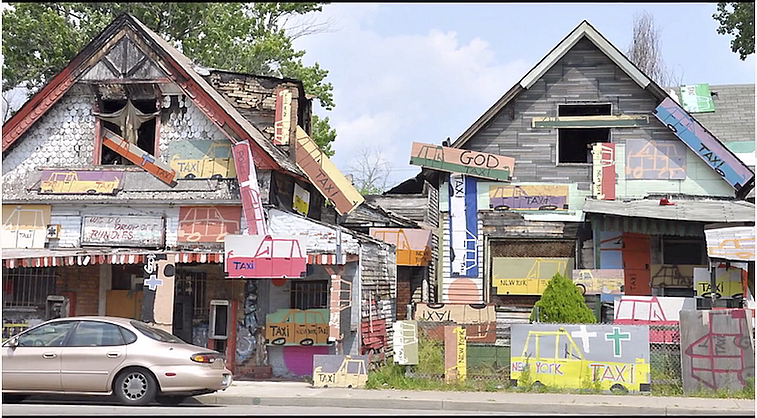Read, in Rybczynski,
- Chapter 7. High Hopes, pp. 131 - 172
Read, in Jacobs, Jane, The Death and Life of Great American Cities,
- (if you have the 50th Anniversary Edition) the Introduction by Jason Epstein
- Forward by Ms. Jacobs, pp. xxi - xxvii.
Rybczynski introduces you to Jane Jacobs in the chapters for this week. So I think it time to meet her for ourselves. You may remember the picture on the first page of the website, hanging out at a bar in Greenwich Village, where she lived for many years. I think you'll enjoy her approach to thinking about Urban America. Normally our thought pattern goes "life and death" of whatever we're thinking about. Note that she reverses the sequence in the title of this book. For her, actions such as those which created Cabrini Green pictured above, and other such high-rise public housing projects all over America contributed to the "death" of urban America. We'll shortly see what she things will (and to some degree has) contributed to the rebirth of the same Urban spaces. Segregation issues, however, have not yet been solved.

